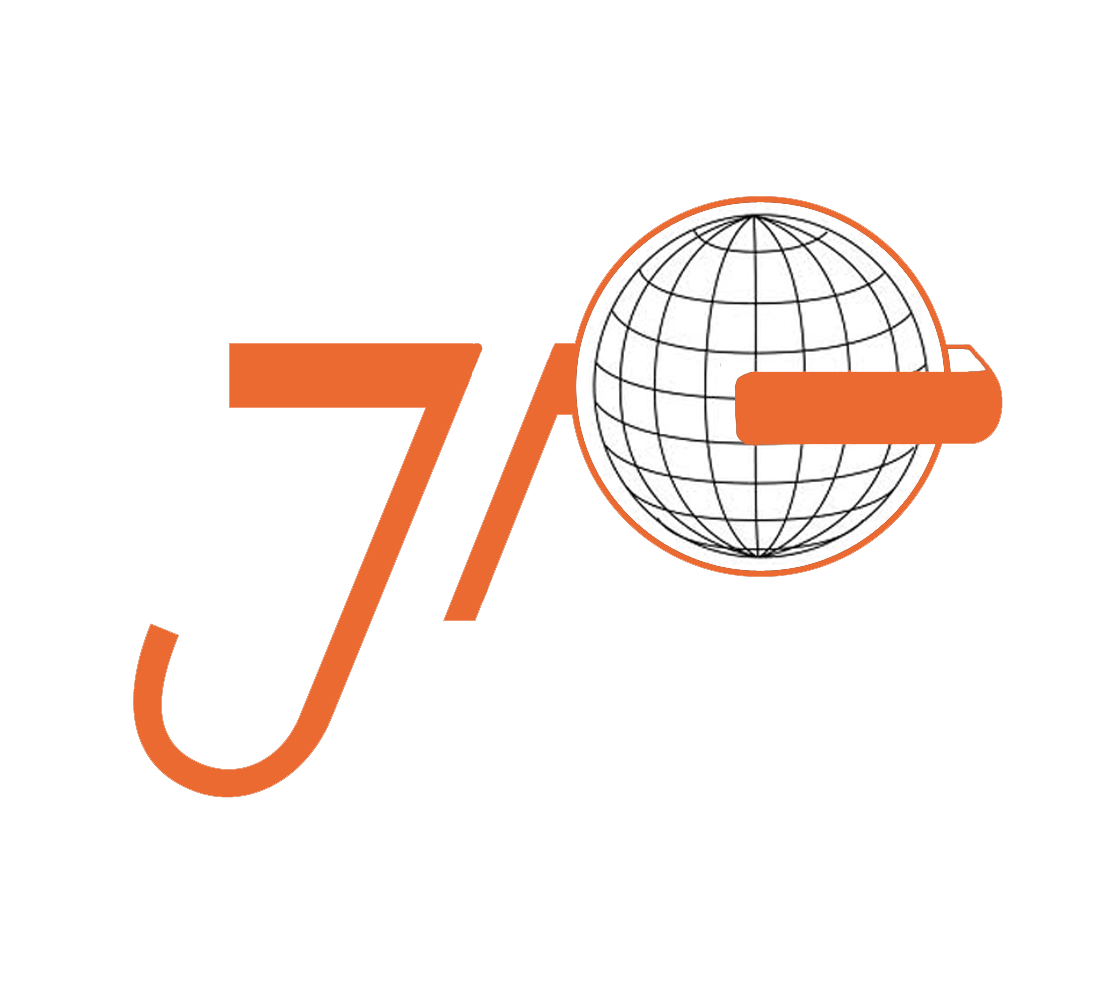Evolution of Italian Espresso
Evolution of Italian Espresso
Regardless of how you take your coffee, the influence of Italy in the coffee world is undeniable, especially when it comes to its single most famous contribution: espresso.
Around 1901, thanks to the innovations of the Industrial Revolution in Europe, the first version of espresso came into being although the machine that created it certainly didn’t look like a La Marzocco, which has become a staple in coffeehouses throughout the world.
The original concept of an espresso was something that could be prepared quickly. Translated literally, “espresso” means express. Luigi Bezzara, a Milanese inventor, registered a patent for a machine with groupheads onto which portafilters with compressed coffee could be clamped.
Photo: Prima-Coffee.com
By 1905, the patent had been purchased by Desidero Pavoni, who put into production the first commercial espresso machine: the Ideale. As a result of the increasing popularity of Italian espresso, in 1938 the first record of the word “barista” emerged.
Before that time, the term “barman” was more prevelant, however, Mussolini and the fascist movement created a campaign to “Italianise” common words. Barman was considered too American and was eventually replaced by barista, a more Italian-sounding word.
In the ‘30s and ‘40s, Italian coffee consumption declined - first due to restrictive policies on importation but later due to wartime scarcity. However, the Ideale espresso machine saw several improvements by big coffee names, such as Francisco Illy and Achille Gaggia (both of which still have major ties to the coffee world today).
In 1947, the next great development was made: Gaggia’s hand-pumped machine that allowed more pressure to be exerted over the coffee, meaning that essential oils and colloids were squeezed through creating the crown of the espresso shot, or crema. This type of espresso is what can be commonly expected in modern coffeehouses. In fact, the Italian coffee culture created in the ‘40s remains fairly consistent to this day, despite increasing levels of globalization.
Photo: Foodrepublic.com
While many would argue that the coffee culture remains unaffected by globalization in Italy, it’s safe to say that global coffee culture has been very affected by Italian coffees. The exportation of the espresso has been an astonishing success and now forms the basis of the majority of coffee drinks around the world.
We hope you've enjoyed learning about the Evolution of Italian Espresso! Looking to experience espresso in it's home country of Italy? Our culturally infused classes with native instructors can have you on the road to fluency faster than you can say "Buongiorno, un caffè per favore!" Click below for more info.





